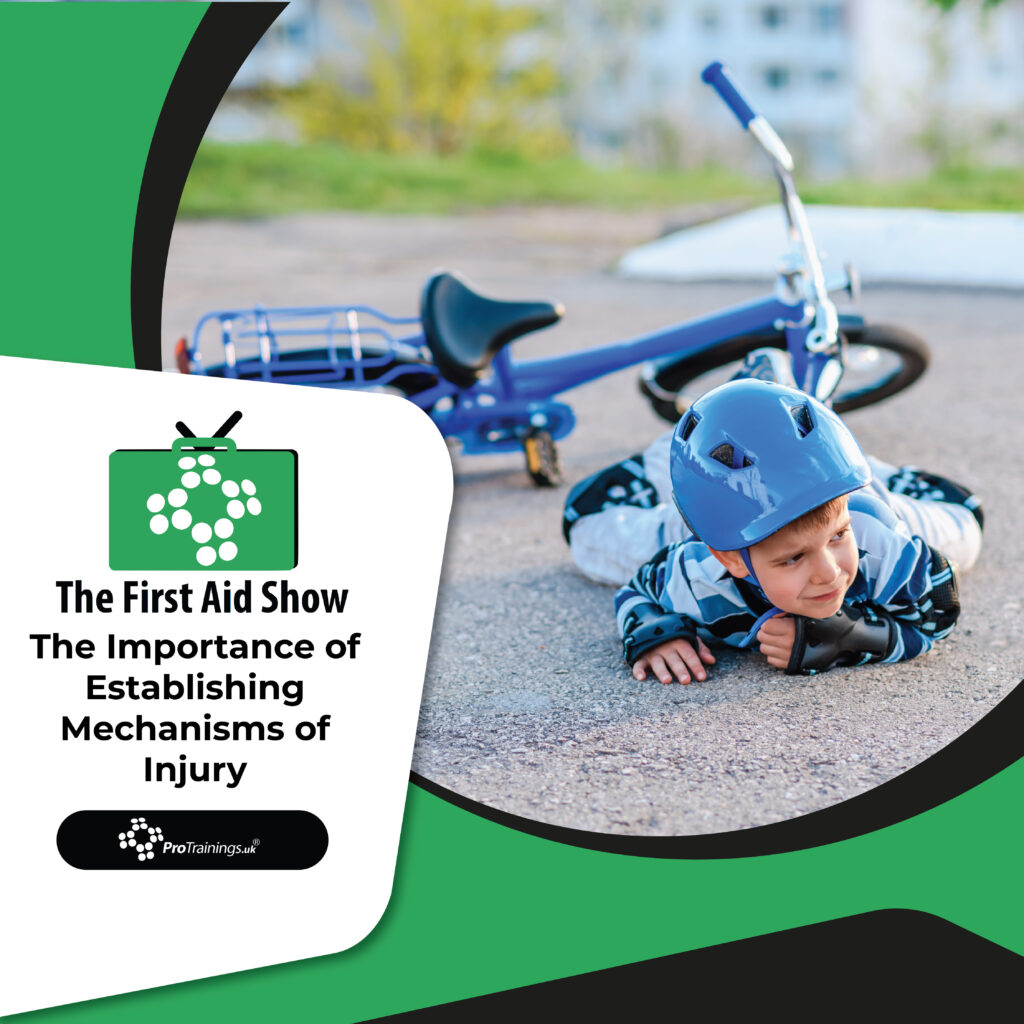Interpreting Vehicle Wreckage to Predict Injuries
Understanding the mechanism of injury in vehicle accidents involves a detailed analysis of the crash site. The wreckage offers essential clues to potential injuries even before patient assessment.
Initial Analysis at the Crash Site
Key indicators such as skid marks, road conditions, and the nature of the collision provide initial insights into potential injuries.
Assessing Vehicle Damage and Predicting Injuries
The type and location of vehicle damage are critical in anticipating the nature of injuries sustained by the occupants.
Predicting Injuries Based on Collision Type
- Head-on Collisions: Often lead to steering wheel deformation and injuries to arms, elbows, and shoulders.
- Side Impacts: Typically result in chest, pelvic, or femoral injuries.
- Rear Passengers: Risk of head injuries from impact with the roof, sunroof, or hatchback.
Special Consideration for Spinal and Head Injuries
Rescuers are particularly vigilant about neck, back, and head injuries due to the risk of whiplash and the forward momentum of the body and internal organs during a collision.
Other Indicators of Injury
Additional clues include windshield bullseyes, seatbelt usage, and interior damage to seats and the dashboard.
Wreckage Analysis Beyond Cars
Motorcycle and bike wreckage also provides vital information, helping to piece together the injury puzzle.
Conclusion: The Importance of Crash Site Analysis
Interpreting crash site wreckage is crucial in emergency response, aiding in the accurate prediction of patient injuries and informing treatment decisions.


